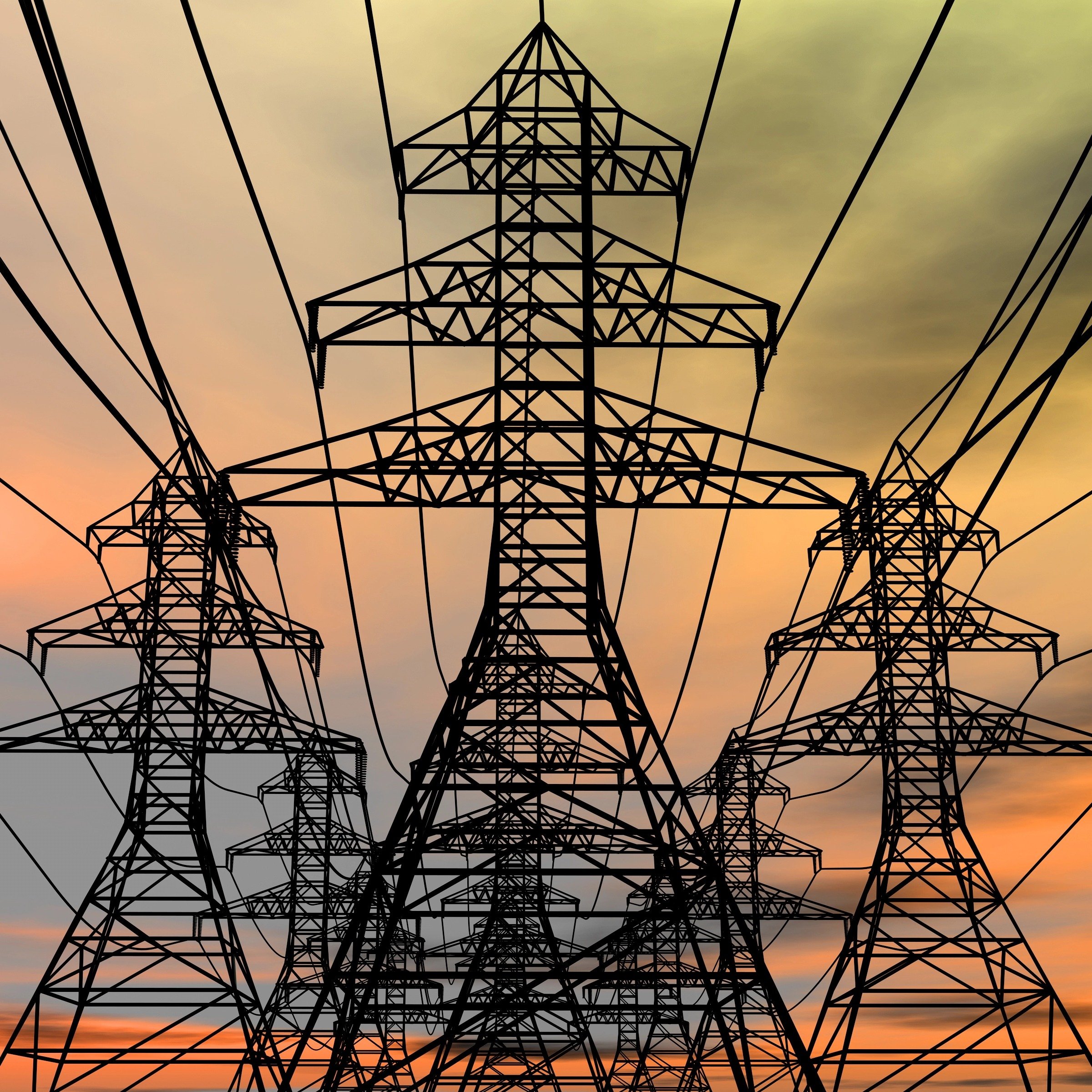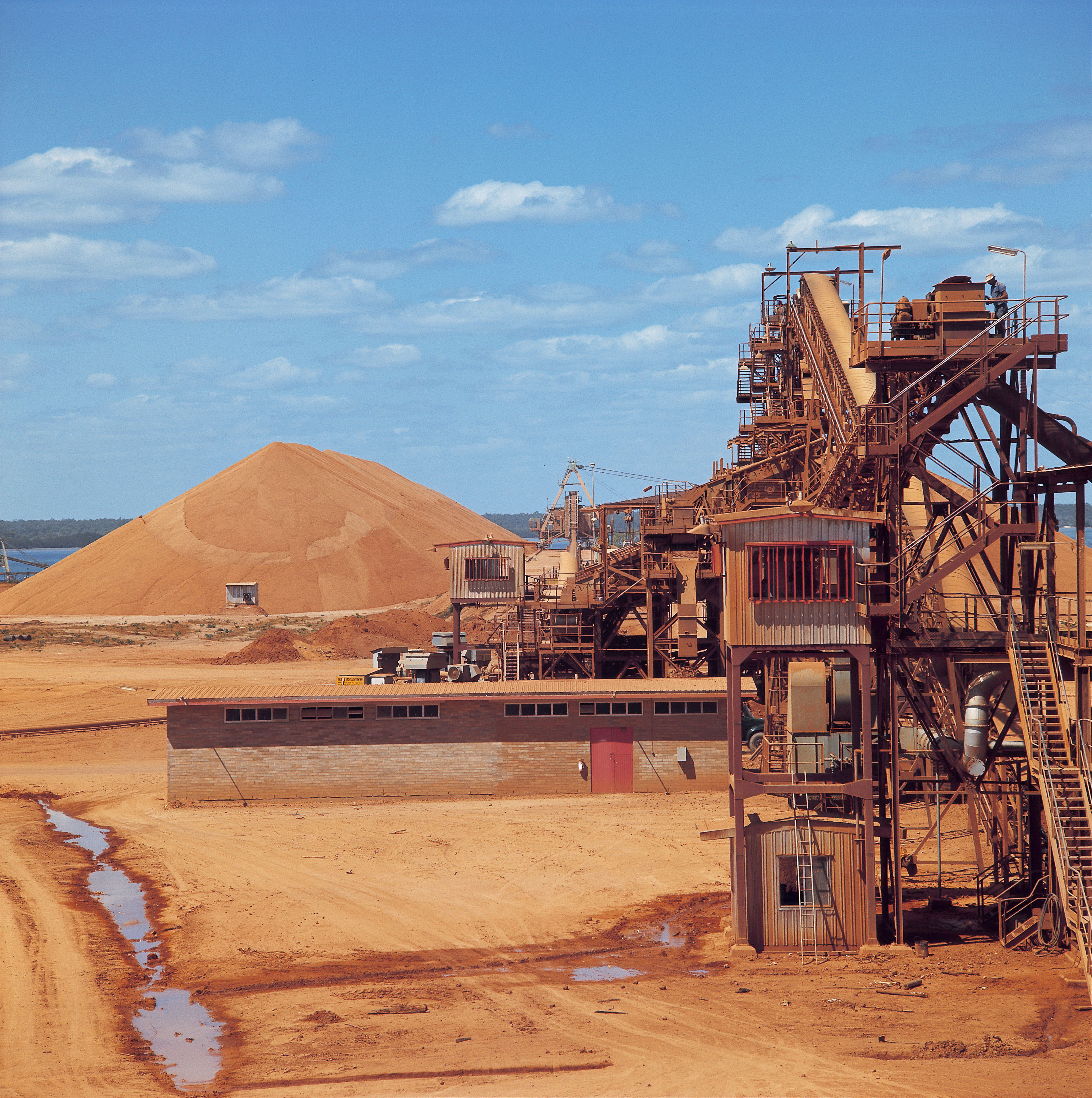Metallic Wire and Cable: Market loses momentum
The global insulated metallic wire and cable market is coming under increasing pressure this year as slower growth in key end-use sectors wanes and trade tensions heighten. CRU have downgraded our view on demand growth to just 1.8% y/y to 19.2 Mt conductors in 2019.
Europe accounts for the majority of the downward revisions off the back of sharp declines in the domestic automotive industry. We also expect China to grow at a slower rate compared to our last forecast due to weaker-than-expected headline economic growth, a more severe contraction in automotive output and the ongoing US-China trade war. Emerging economies such as India are not exempt from CRU’s recent downgrades, although bright spots do remain and will help drive global demand in the medium term.
Out of the key wire and cable consuming sectors, the transportation sector grew the slowest last year and we expect this sector to remain weak throughout 2019 and beyond. Prysmian’s takeover of General Cable has made it the top wire and cable manufacturer in the world, and the only company with cable revenue exceeding US$10 bn in 2018. Finally, we expect average annual copper and aluminium prices this year will fall below that of 2018, acting as a drag on total wire and cable market value.
In the medium term, CRU estimates a 2.5% CAGR in global insulated metallic wire and cable demand between 2018 and 2023 and will reach 21.3 Mt conductors by 2023, as compared to 2.9% CAGR between 2013 and 2018. This highlights the fact that key cable intensive sectors will grow at more moderate rates over the coming year, especially in developed economies including China. However, the need for consumer goods, infrastructure, construction and industrial developments in emerging economies will continue to drive insulated metallic wire and cable demand at healthy growth rates over the forecast period.
Optical Fibre: Will 5G offset falling demand from FTTH and 4G?
Following a lacklustre start to 2019, CRU have made a number of downwards revisions to demand in key optical fibre markets across the globe. We now expect a much deeper contraction in domestic Chinese demand this year, in the region of -12% y/y as early stage 5G construction does little to offset weakening demand from FTTH and 4G applications. This will act as a significant drag on global growth rates in 2019, which we expect will contract for the first time since 2002, by around -5% y/y.
Post-2019, CRU expect global demand for optical cable will return to positive growth. This is predominantly in response to improving demand in China, which we expect will account for 50.4% if the global market next year. Indeed, we expect Chinese demand to expand marginally by 2-3% y/y, albeit coming from a low base year. On a global level, continued support from North America, Europe and Emerging markets will push up global demand, which we expect will grow by 4-5% y/y in 2020. Beyond this, we believe 5G will begin to have a more meaningful impact on optical cable demand in advanced telecom markets, driving global demand growth in the region of 8% on average between 2021 and 2024.
In terms of optical cable production, CRU forecast CAGR in the region of 5% between 2018-2024, compared to 14% over the period 2013-2018. This forecast highlights a structural shift in the global fibre optic industry to more moderate, but perhaps sustainable growth rates, as many developed nations move closer to completion on current FTTH projects and 4G rollouts and await the full impact on demand from commercial 5G deployment.
















